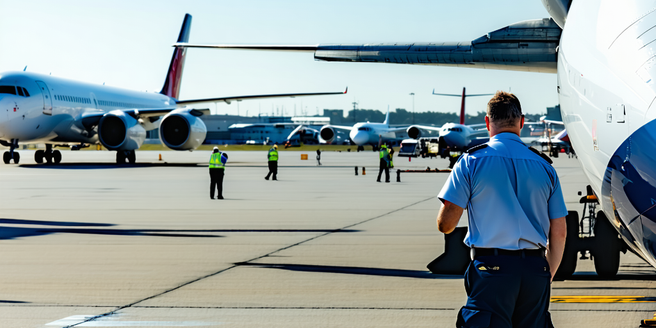
Understanding Aviation Safety Regulations
Aviation safety regulations are essential for ensuring the safety of passengers and crew. These regulations are established by aviation authorities like the FAA and EASA and provide guidelines for aircraft design, maintenance, and operation. They serve to standardize safety measures across the industry, thus ensuring uniformity. Regulations encompass mandatory pilot training, regular aircraft inspections, and implementation of safety management systems. These efforts have significantly reduced accidents over the years and continue to evolve as technology advances. Importantly, regulations are not static; they are continuously reviewed to address emerging safety challenges, integrating lessons learned from past incidents. The harmonization of global safety standards also plays a crucial role in facilitating international air travel, contributing to a consistently high safety record worldwide.
The Role of Meteorology in Aviation Safety
Meteorology plays an indispensable role in aviation safety by providing vital weather information that aids in flight planning and execution. Pilots rely on meteorological data to anticipate and mitigate risks associated with adverse weather conditions such as thunderstorms, turbulence, icing, and low visibility. Advanced weather forecasting enables timely decision-making, allowing airlines to adjust flight paths, delay departures, or cancel flights to ensure passenger safety. Furthermore, meteorologists work closely with aviation authorities to establish weather-related safety protocols. This collaboration ensures that all stakeholders remain informed and prepared to handle weather-related challenges. With accurate weather predictions, aviation stakeholders can optimize operational efficiency while maintaining rigorous safety standards. As weather conditions are dynamic, continuous improvements and investments in meteorological infrastructure remain critical to enhancing aviation safety.
Key Weather Factors Affecting Flight Safety
Weather is a critical factor in aviation safety, with elements such as wind, visibility, and atmospheric stability directly influencing flight operations. High winds can cause turbulence and make takeoffs and landings challenging. Low visibility, due to fog or heavy rain, complicates navigation and increases the likelihood of incidents on approach or taxiing. Icing can affect lift and aircraft control surfaces, posing significant risks, especially during ascent and descent. Thunderstorms bring multiple hazards, including severe turbulence, lightning, and hail, which can damage aircraft. Understanding these weather factors is crucial for pilots and dispatchers to develop effective flight plans and strategies. Identifying and mitigating such risks through comprehensive weather briefings and advanced onboard weather radar systems helps ensure safe flights.
How Regulations Address Weather Challenges
Aviation regulations have evolved to address weather challenges through stringent safety protocols and operational guidelines. Regulations mandate the use of advanced meteorological data systems for accurate weather forecasting and monitoring, enabling timely decision-making by pilots and air traffic controllers. Pilots receive thorough training on handling adverse weather conditions, including mandatory simulation exercises for scenarios like turbulence and low visibility. The requirement for aircraft to be equipped with weather radar systems further enhances safety, allowing pilots to detect and avoid severe weather patterns. Regulations also enforce minimum standards for visibility and ceiling during takeoffs and landings, ensuring that flights operate under safe conditions. By continually updating regulations to incorporate technological advancements, the aviation industry effectively mitigates weather-related risks.
Emerging Technologies for Weather Prediction
Emerging technologies are revolutionizing weather prediction, providing enhanced tools for aviation safety. The advent of artificial intelligence and machine learning algorithms enables more accurate and timely weather forecasts by analyzing vast amounts of meteorological data. These technologies can predict weather patterns with greater precision, assisting pilots and air traffic controllers in making informed decisions. The integration of satellite technology with advanced sensors provides real-time data on atmospheric conditions, thus improving prediction models. Furthermore, advancements in communication technology facilitate faster dissemination of weather information to aircraft in flight. These technological innovations not only enhance the ability to manage weather-related challenges but also contribute to reducing delays and increasing the efficiency of flight operations. Continued investment in these technologies is crucial for future aviation safety and operational optimization.
